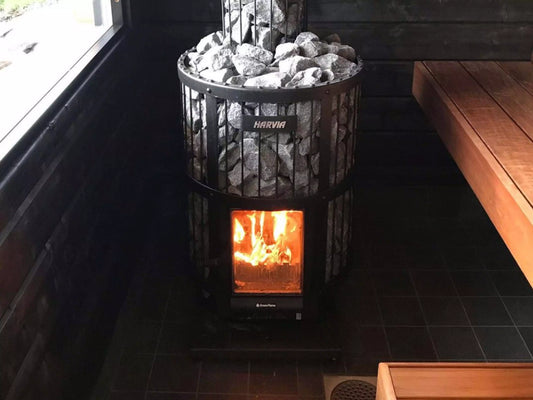In one study, when a small group of well-trained distance runners sat in a sauna for 30 minutes after training four times a week, they improved their performance in a run to exhaustion test by 32 percent and decreased their 5K time by nearly two percent after just three weeks.
You can reap the benefits of sauna bathing anytime. But while some people like to pregame their workout by warming up their muscles in a sauna—which helps you loosen up, but shouldn’t replace your regular warm up—using the sauna after you exercise, when you’re still a little dehydrated, may be even better.
When you’re a bit dehydrated, you have lower blood volume, explains exercise physiologist Stacy Sims, Ph.D. When you step into the sauna, your body responds to the hot environment by sending blood to your skin, so you can sweat and avoid overheating.
Because you have a limited amount of blood to go around, you have decreased blood flow and oxygen to your organs, so your kidneys stimulate the production of EPO (yes, the performance-enhancing stuff) and plasma volume, which boosts your blood volume and subsequent performance.
Plus, jumping in the sauna post-workout is actually an endurance athlete’s secret weapon for competing in the heat or at altitude, says Sims. It resets your thermoregulation thresholds, so hot temperatures feel less severe, and helps improve performance at high-altitude events where the mountain air is very dry and dehydrating.
“Because it’s similar to hard exercise, you need to use it wisely,” she says. “The general guideline calls for 25 to 30 minute sessions, where the temperature doesn’t exceed 165 degrees, but you should only stay in for as long as you feel comfortable. It’s not a competition!”







